The Bransty Arch was one of Whitehaven’s best-known landmarks, crossing Bransty Row in front of this pub. Coal and ship-building were once the lifeblood of Whitehaven. The coal was carried over the Bransty Arch to ships waiting in the harbour. Built around 1800, to transfer coal to the dockside, the arch was demolished in the late 1920s.
Prints and text about coal and ships in Whitehaven.
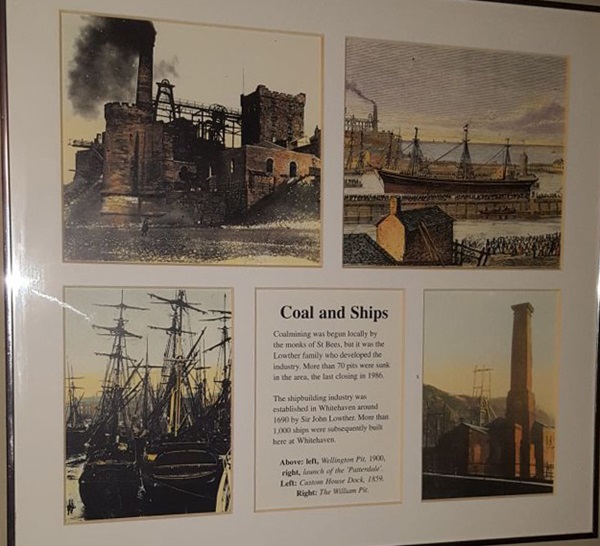
The text reads: Coal-mining was begun locally by the monks of St Bees, but it was the Lowther family who developed the industry. More than 70 pits were sunk in the area, the last closing in 1986.
The ship-building industry was established in Whitehaven around 1690 by Sir John Lowther. More than 1,000 ships were subsequently built here at Whitehaven.
Above, left: Wellington Pit, 1900, right, launch of the Patterdale
Left: Custom House Dock, 1859
Right: The William Pit.
Illustrations, prints and text about the changing times.
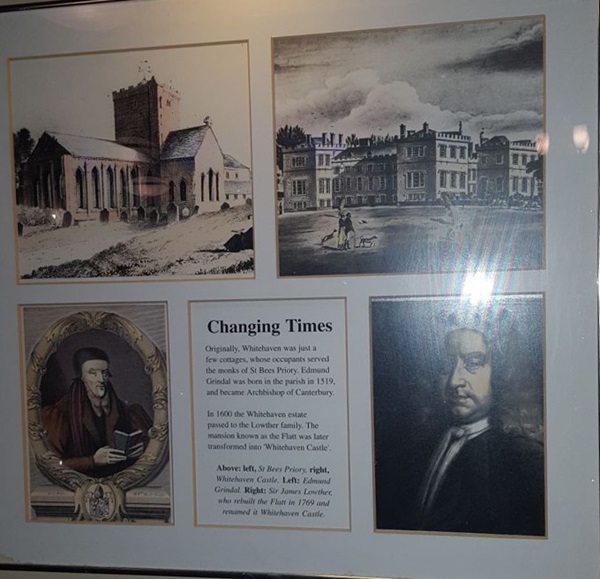
The text reads: Originally, Whitehaven was just a few cottages, whose occupants served the monks of St Bees Priory. Edmund Grindal was born in the parish in 1519, and became Archbishop of Canterbury.
In 1600 the Whitehaven estate passed to the Lowther family. The mansion known as the Flatt was later transformed into Whitehaven Castle.
Above, left: St Bees Priory, right, Whitehaven Castle, Left: Edmund Grindal Right: Sir James Lowther, who rebuilt the Flatt in 1769 and renamed it Whitehaven Castle.
Illustrations of Whitehaven.
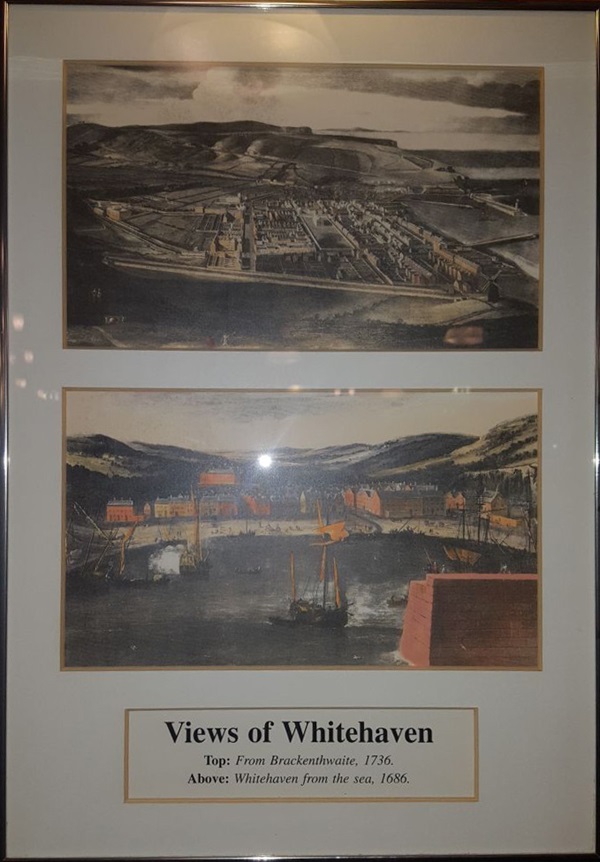
Top: From Brackenthwaite, 1736
Above: Whitehaven from the sea, 1686.
Illustrations of monks and boats.
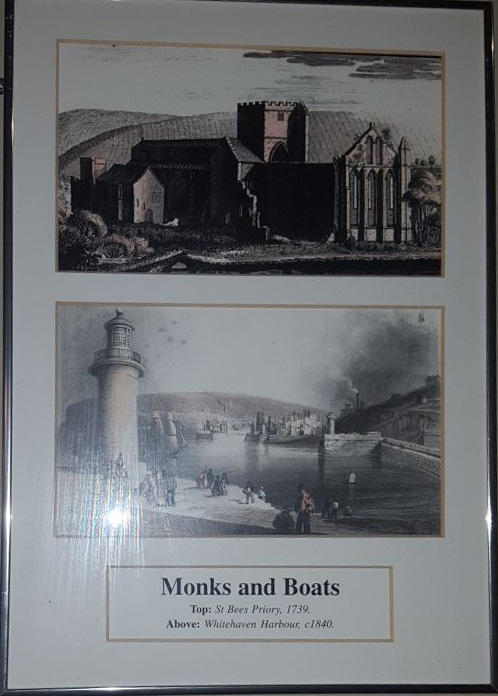
Top: St Bees Priory, 1739
Above: Whitehaven Harbour, c1840.
Prints of the Bransty Arch.
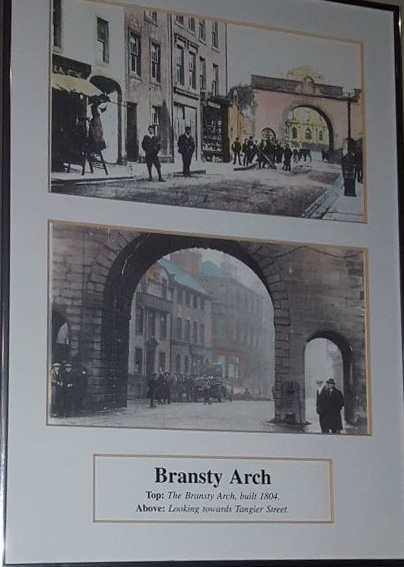
Top: The Bransty Arch, built, 1804
Above: Looking towards Tangier Street.
Prints of The Grand Hotel.
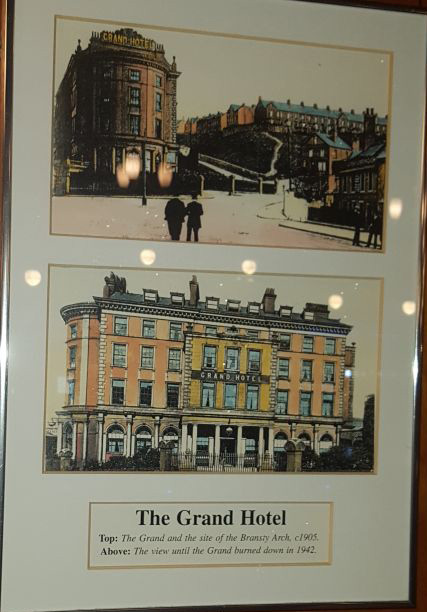
Top: The Grand and the site of the Bransty Arch, c1905
Above: The view until the Grand burned down in 1942.
Prints of Whitehaven Castle.
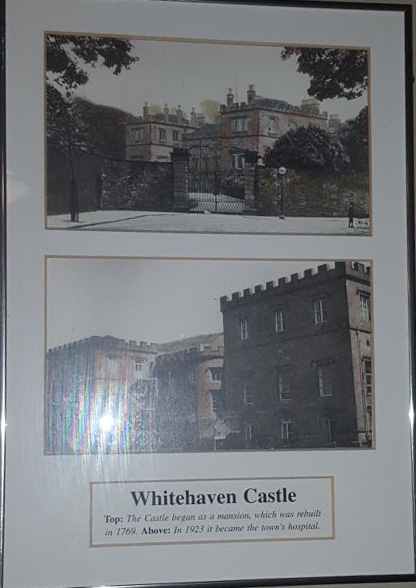
Top: The castle began as a mansion which was rebuilt in 1769
Above: In 1923 it became the town’s hospital.
Prints of Cumberland Motor Services. Top: Driver and conductor, 1925
Above: The late, 1920s.
Prints of Cumberland Motor Services.
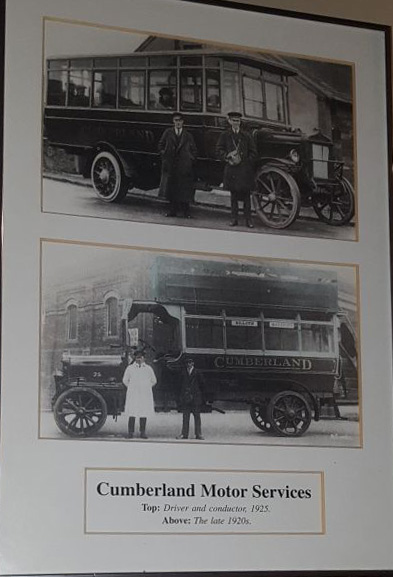
Top: Driver and conductor, 1925
Above: The late, 1920s.
External photograph of the building – main entrance.
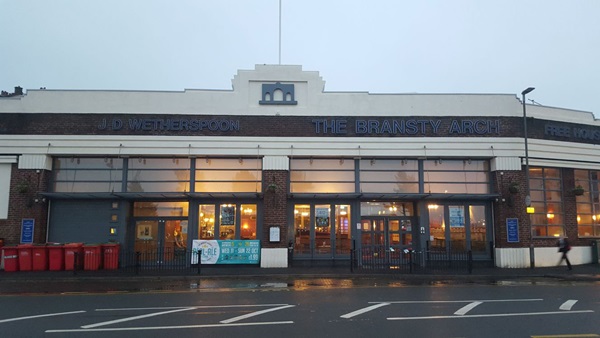
If you have information on the history of this pub, then we’d like you to share it with us. Please e-mail all information to: pubhistories@jdwetherspoon.co.uk